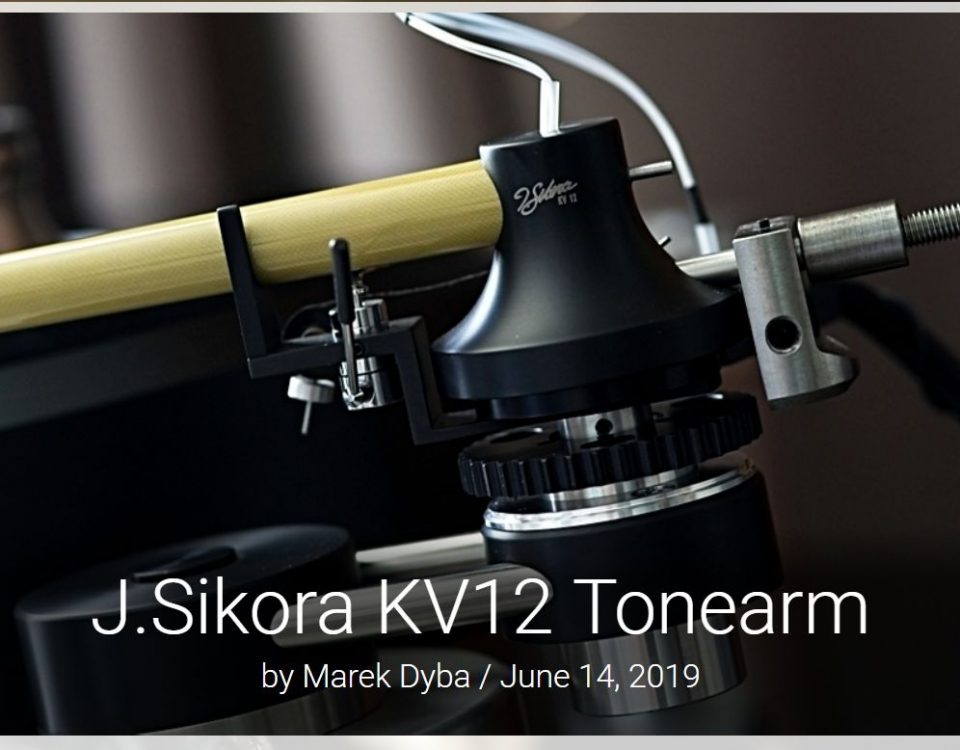
CODA : Horace Parlan [ 19 /01/1931 – 23/02/2017 ]
February 24, 2017
[NEW! # Fezz Audio MIRA CETI 300b integrated amplifier reviewed on Sound Rebels]
February 28, 2017Thomas Mayer’s Tube of the Month : The 6SN7
This time Thomas brings to the surface the tube which we are all well familiar with. Being a real tube Master he explores all of them, most often those out of mainstream , which is why we love to read his articles so much, but he also pays attention to the most common ones too. And here is one of them : 6SN7 ! All of us know that one or if not , we are familiar with her noval grandchildren Ecc 82, 83 etc. Have a good reading through the history of this double triode , so beloved by an Audio Industry 🙂
Hi!
Most tubes which are presented within the Tube of the Month series are outside the mainstream and not well know to most tube amplifier builders. This month is an exception with the presentation of the 6SN7.
The 6SN7 got very popular among tube amp builders during the 1990ies. In fact a real hype developed around this tube. It was very often used as driver for the 300B which also had a big rise in popularity during that time. As usual with any type of hype, things got exaggerated and some people even thought the 6SN7 is the best tube ever with exceptional linearity and sound. Every hype reaches it’s zenith at some point and draws some haters. Especially after commercial amplifier manufacturers jumped on the single ended DHT amplifier train, the 6SN7 was used on an even broader basis. During the last decade the 6SN7 got some bad rap from the haters with claims of poor sound. Again overly exaggerated. While the 6SN7 is not the super tube it was claimed to be, it is not bad either. It deserves a spot in the Tube of the Month series.
The 6SN7 is a medium mu double triode. Two identical triode systems in a common bottle with an Octal base. The pinout is shown on the left. It makes perfect use of the octal base since it utilises all 8 pins. Even pin 1 is used for an electrode. Pin 1 is usually reserved for connection to the metal shell for metal envelope versions of octal tubes. It is left unused in glass versions. Since there never was a metal 6SN7, pin 1 is used for the grid of triode system 1. Each triode has a raw amplification factor of 20 at a moderately low plate resistance of 7700 Ohms. Complete data of the tube can be found in the General Electric data sheet. Since the tube was so popular, it got used in many amps and preamps regardless if it was really suitable or not. And this is probably the reason why the popularity dropped rapidly after some years. If used as a RC coupled driver for a 300B in a zero feedback single ended amp (which is a very common use of the 6SN7 these days) it’s gain is not enough to stick with just a single driver stage. So most amplifier designers just add another 6SN7 stage in front, using the second system in the envelope. The problem with this approach is that the total gain of such a 3-stage design is too high, resulting in an overly sensitive power amp. I have seen such designs in which the first stage was run at verily low voltages, around 50V and low current. Probably to deliberately add some ‘tubey sound’. No wonder it received some bad reputation with many such amps out there.
Let’s have a look at the claimed superior linearity. These are the plate curves of the tube from a data sheet:
Not bad at all, but some care needs to be taken to avoid the knees of the curves. Actual plate curves taken with a curve tracer look even a bit better:
Great if it is used in a linear region and some substantial current (8-10mA) so it stays away from the knees. If used at the mentioned low plate voltage and at only a few mA the tube will contribute significantly to the distortion behaviour of the amp. It will also react sensitively to minuscule changes in operating points. And of course whenever the tube is rolled, each sample will sound differently.
more:







